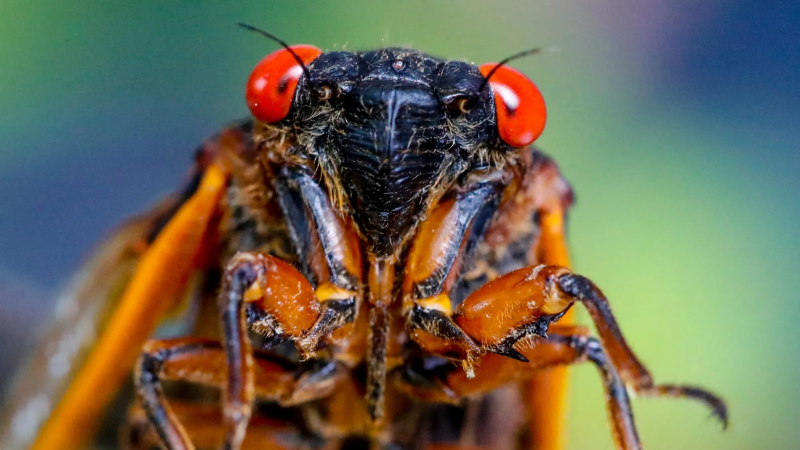2024 cicada map: Latest emergence info and where to spot Brood XIX and XIII around the US
Do you hear that noise?
If you're in one of 17 states across the Midwest and Southeast, it could be the trillions of periodical cicadas making their way up after years spent underground.
A combined 17 states are hosting this year's cicada broods: the 13-year Brood XIX located mainly in the Southeast, and the 17-year Brood XIII in the Midwest. The two broods have not emerged at the same time since 1803, making 2024 a rare, double-brood year.
Most of the cicadas are either above ground, or are still making their way up, but either way, this year's emergence is in full swing.
Here's where you can find both broods in the U.S. this year.
How long will cicadas be around?Here's when to expect Brood XIX, XIII to die off
2024 cicada map: Check out where Broods XIII, XIX are projected to emerge
The two cicada broods were projected to emerge in a combined 17 states across the South and Midwest. They emerge once the soil eight inches underground reaches 64 degrees, beginning in many states in April and May and lasting through late June.
The two broods last emerged together in 1803, when Thomas Jefferson was president.
Where are the cicadas already out in 2024?
Adult periodical cicadas from Brood XIX are now completing its emergence as the brood is out in full force in states across the Midwest and Southeast, according to Cicada Safari, a cicada tracking app developed by Mount St. Joseph University in Cincinnati, Ohio.
They have been spotted on the app in Alabama, Arkansas, Georgia, Illinois, Kentucky, Mississippi, Missouri, North Carolina, Oklahoma, South Carolina, Tennessee and Virginia.
Brood XIII has started to emerge in Wisconsin, throughout the Chicago area and near Peoria, Illinois, according to the tracking service.
How long will the cicadas be above ground?
How long cicadas live depends on their brood and if they are an annual or periodical species.
The two periodical broods this summer are Brood XIX, which have a 13-year life cycle, and Brood XIII, which have a 17-year life cycle.
Once male and female periodical cicadas have mated and the latter has laid its eggs, the insects will die after spending only a few weeks above ground − anywhere from three to six weeks after first emerging.
That means many of this year's periodical cicadas are set to die in June, though some could die off in late May or July, depending on when they emerged.
The nymphs of annual cicadas remain underground for two to five years, according to the Missouri Department of Conservation. These cicadas are called "annual" because some members of the species emerge as adults each year.
What is a brood?
According to the University of Connecticut, broods are classified as "all periodical cicadas of the same life cycle type that emerge in a given year."
A brood of cicadas is made up of different species of the insect that have separate evolutionary histories. These species may have joined the brood at different times or from different sources. These different species are lumped together under the brood because they are in the same region and emerge on a common schedule.

Why do cicadas make so much noise?
You'll have to thank the male cicadas for all that screeching. Male cicadas synchronize their calls and produce congregational songs, according to Britannica, which establish territory and attract females. There is also a courting call that they make before mating.
The periodical 13-year and 17-year brood cicadas are the loudest, partially because of the sheer number of them that emerge at once.
Disclaimer: The copyright of this article belongs to the original author. Reposting this article is solely for the purpose of information dissemination and does not constitute any investment advice. If there is any infringement, please contact us immediately. We will make corrections or deletions as necessary. Thank you.






